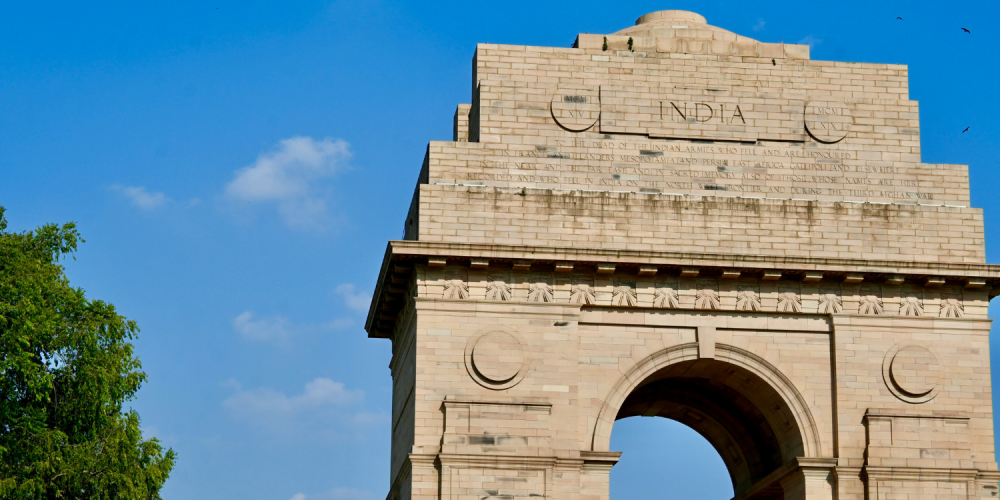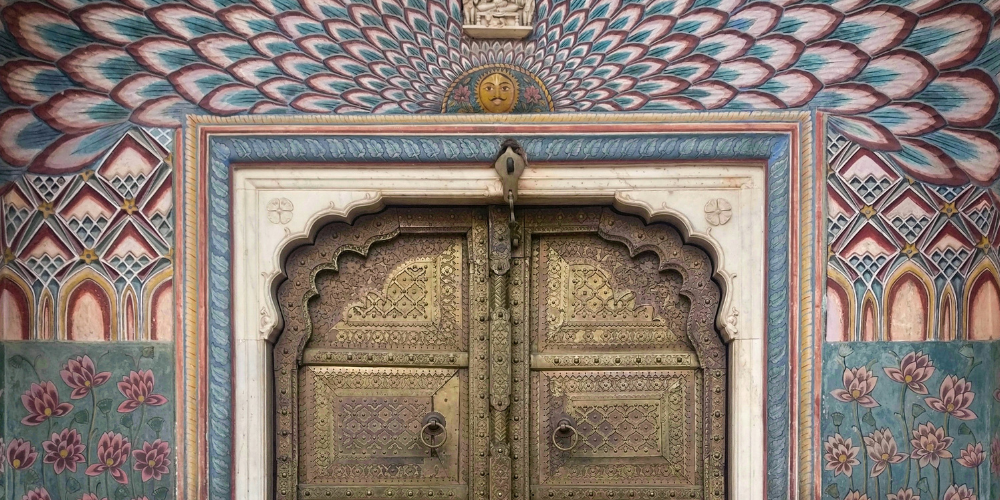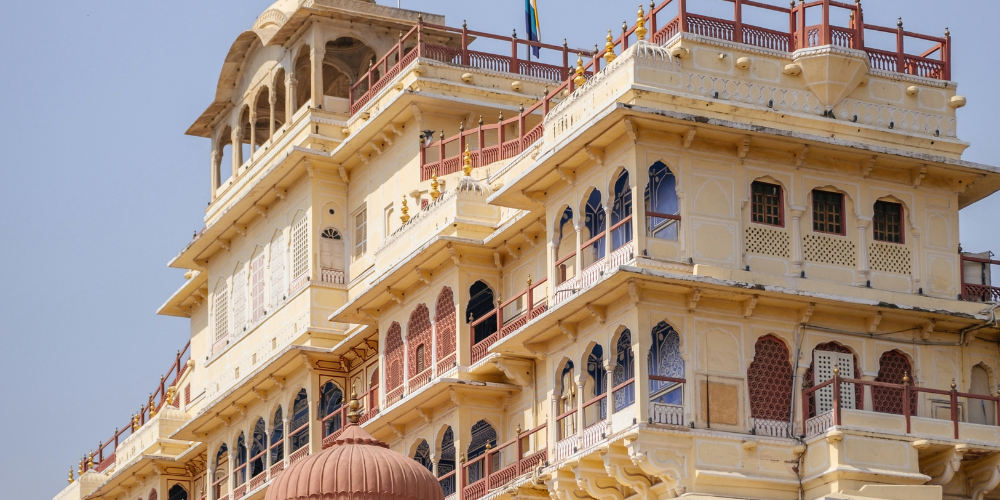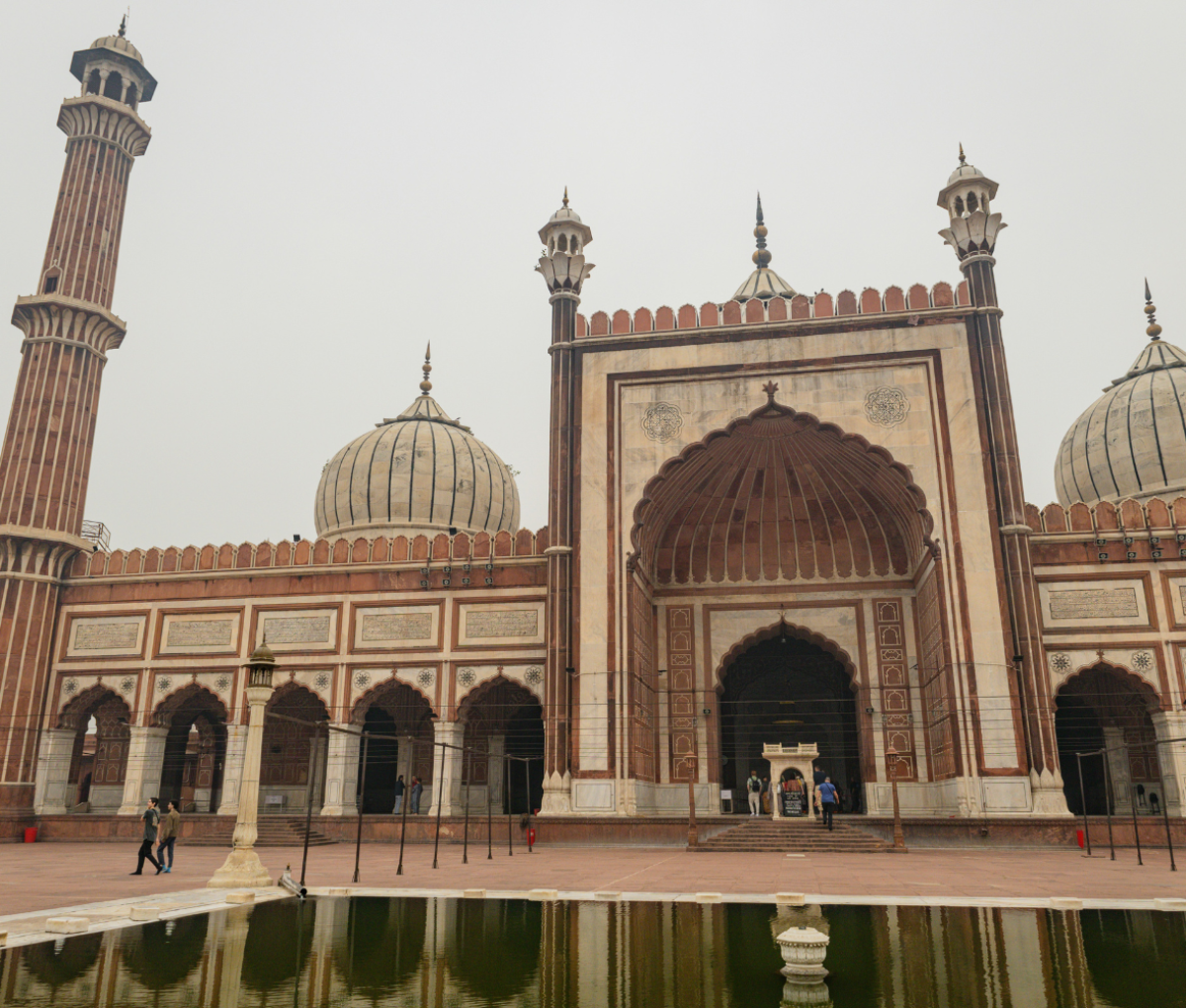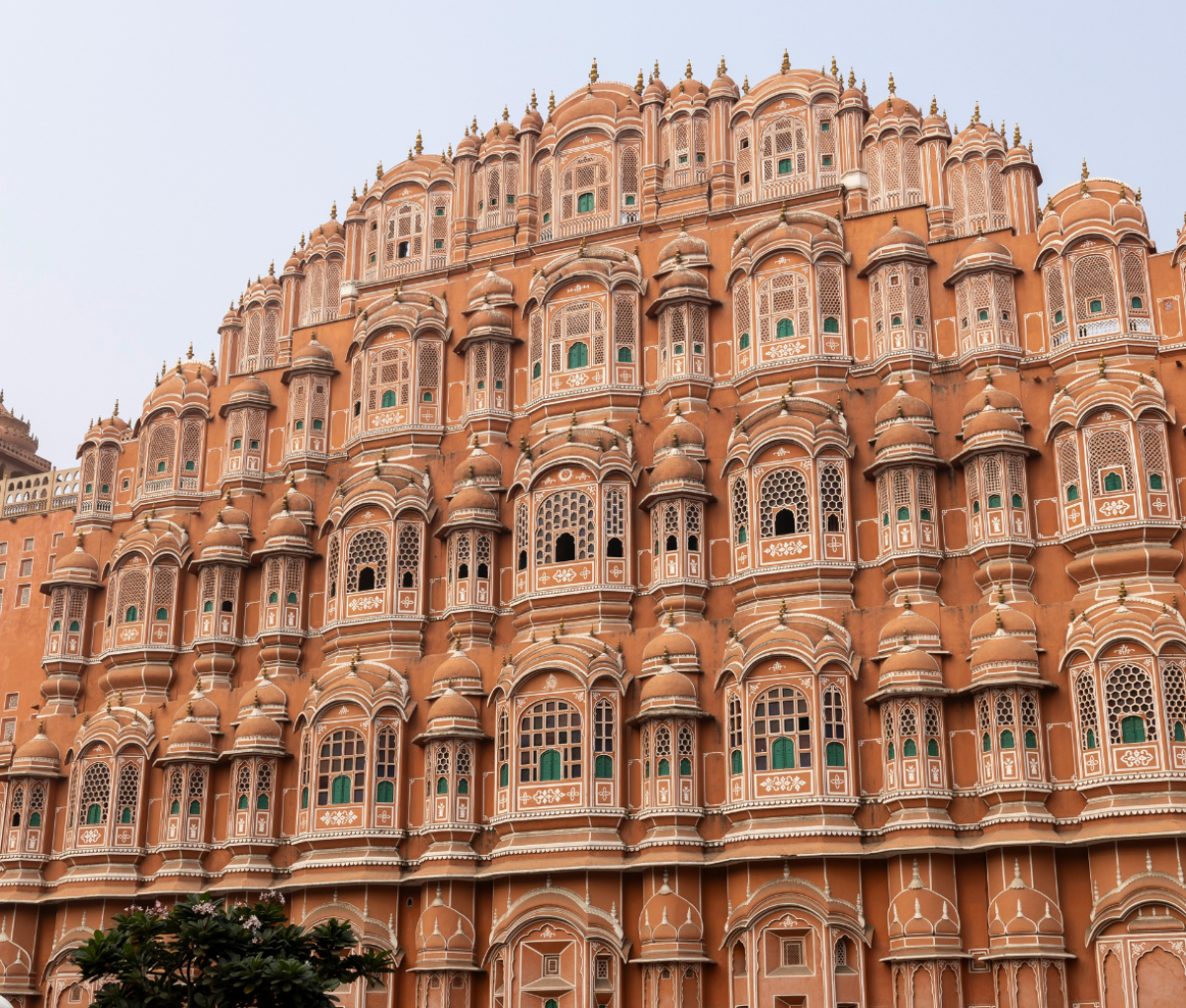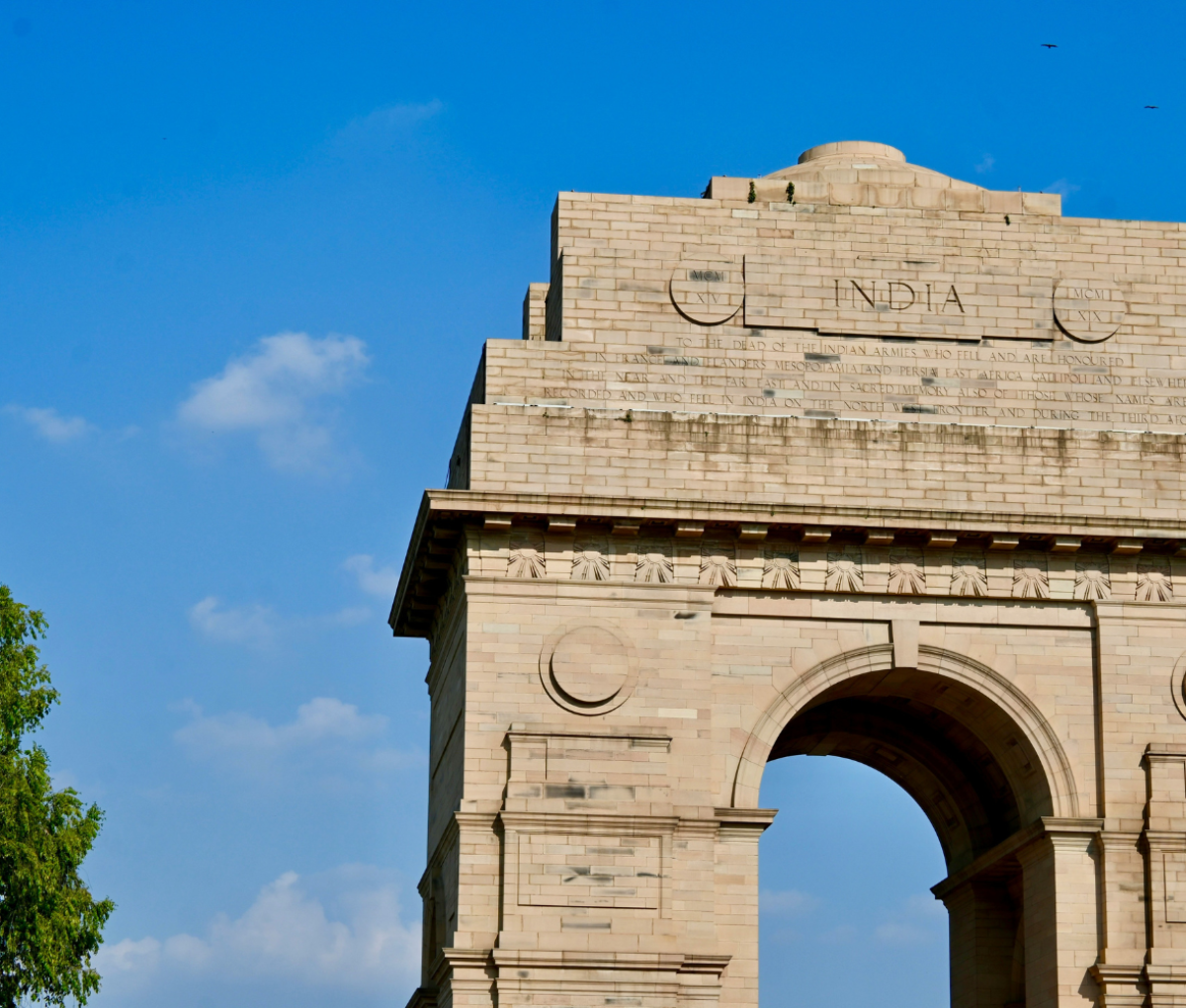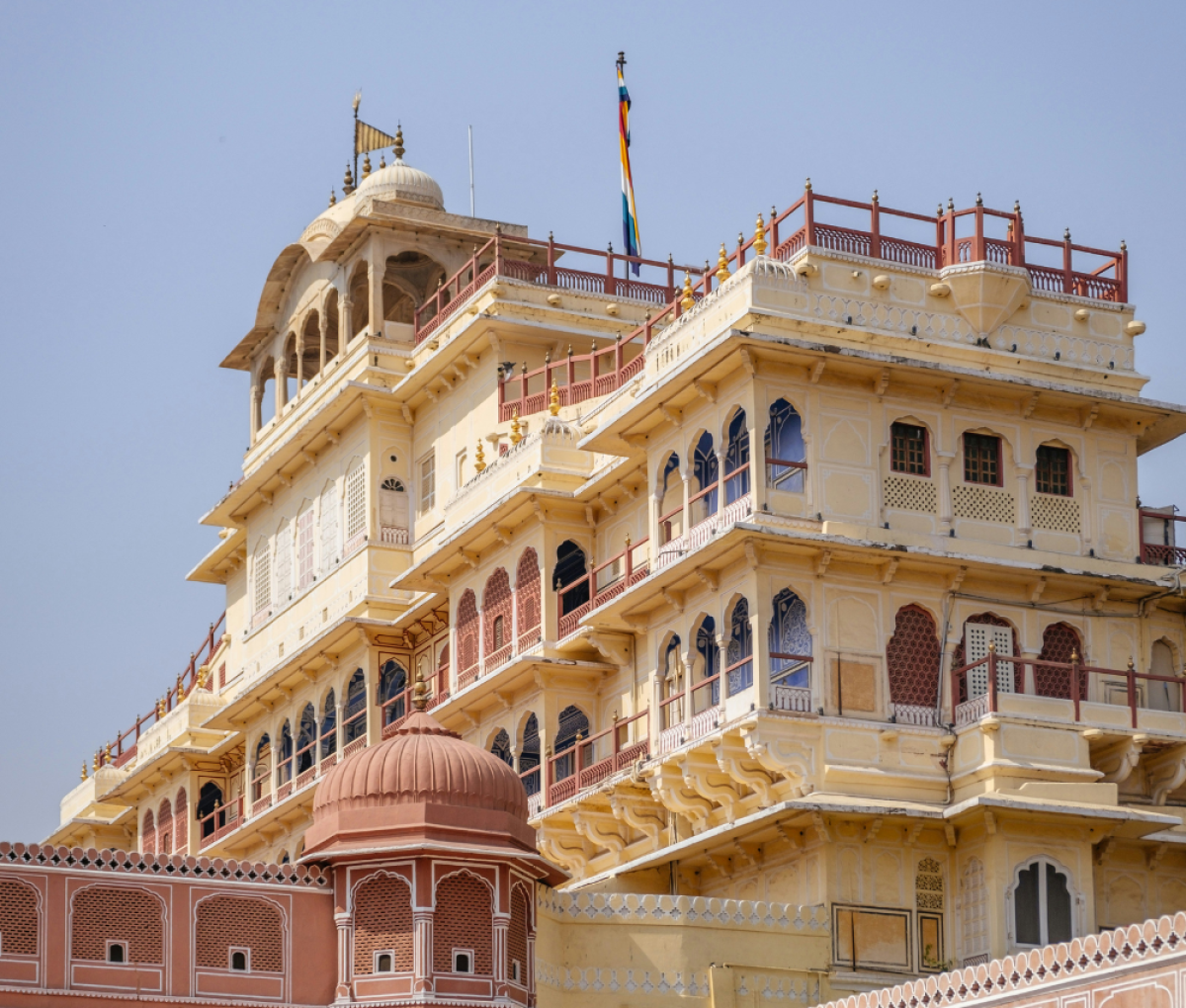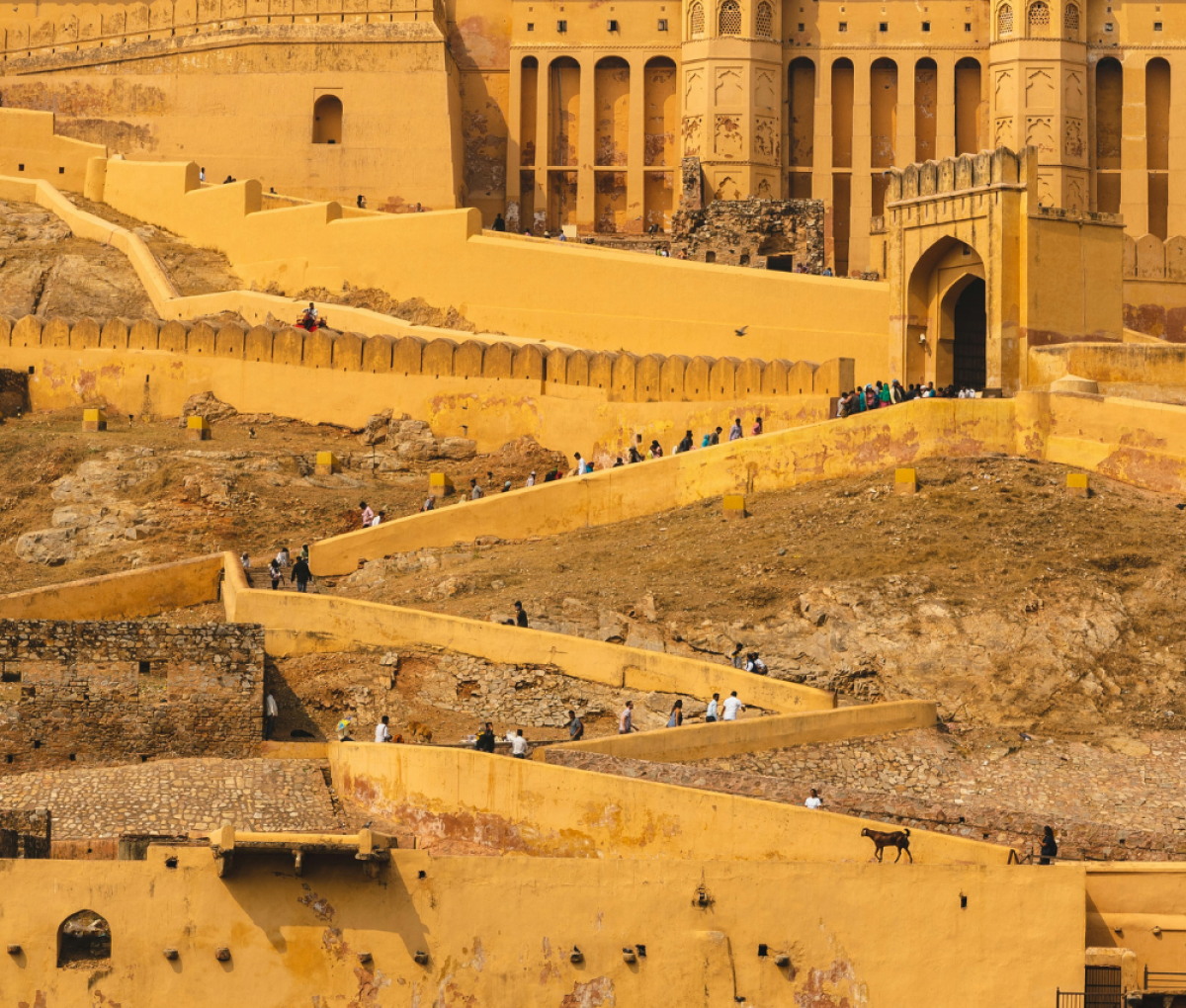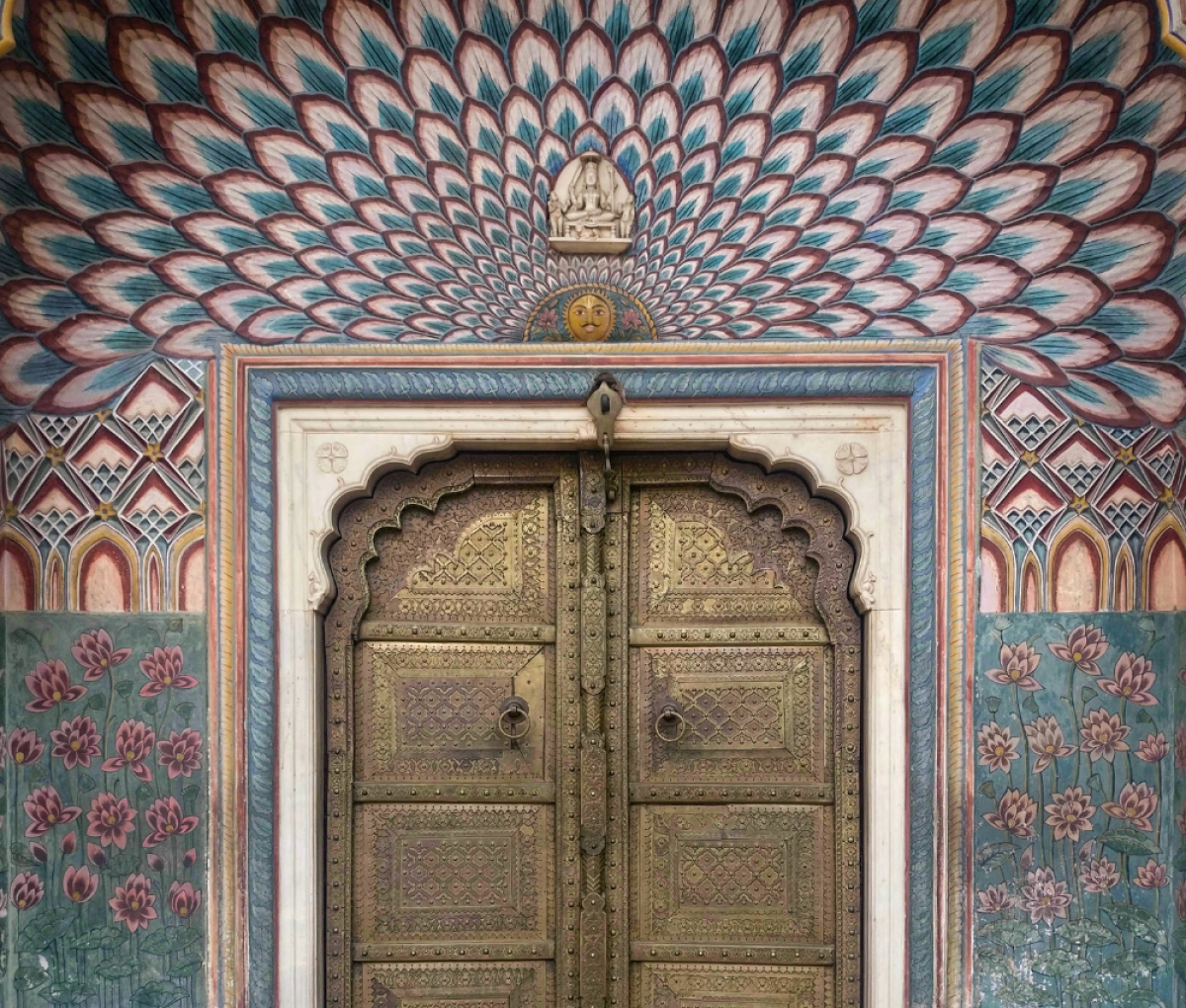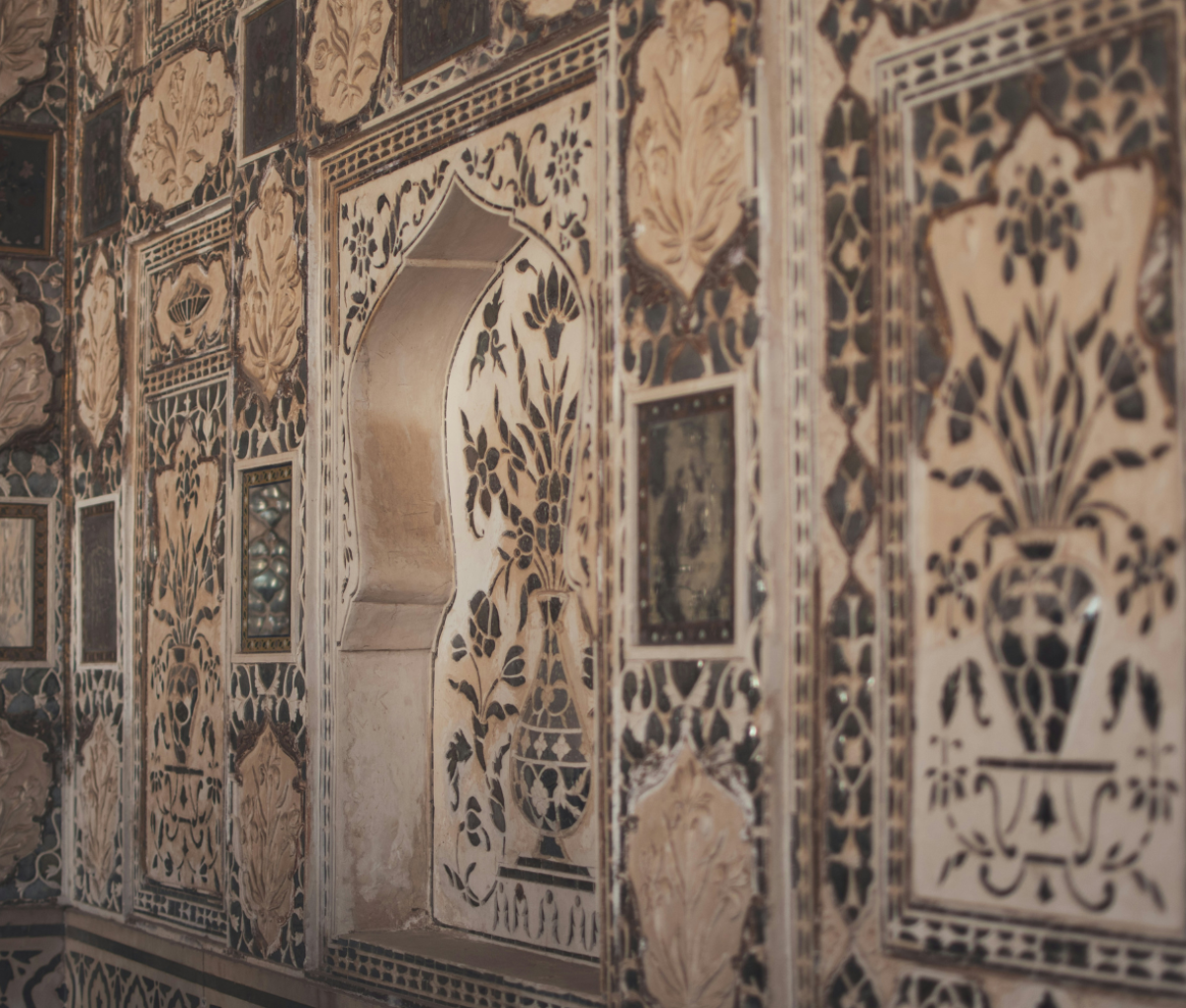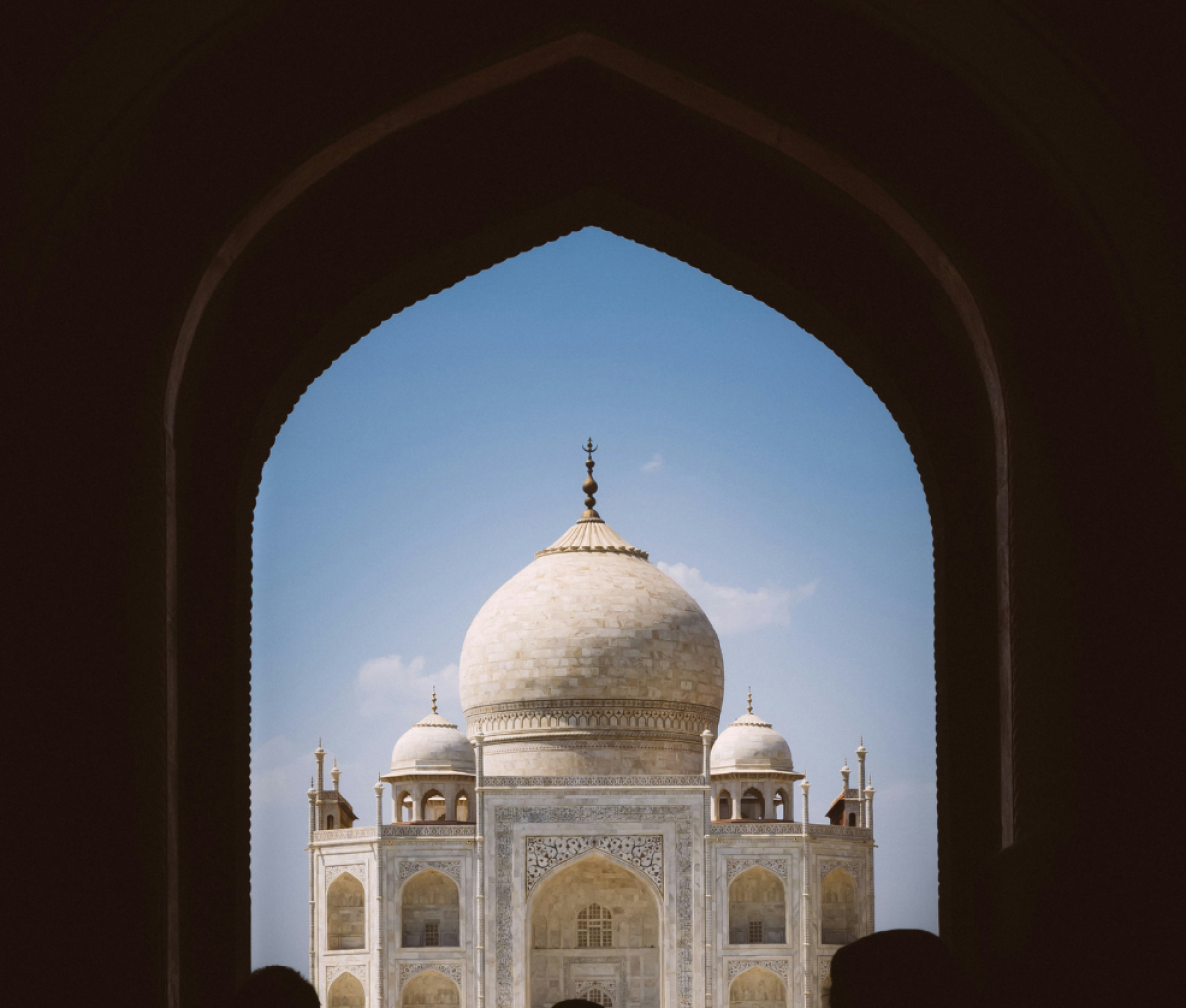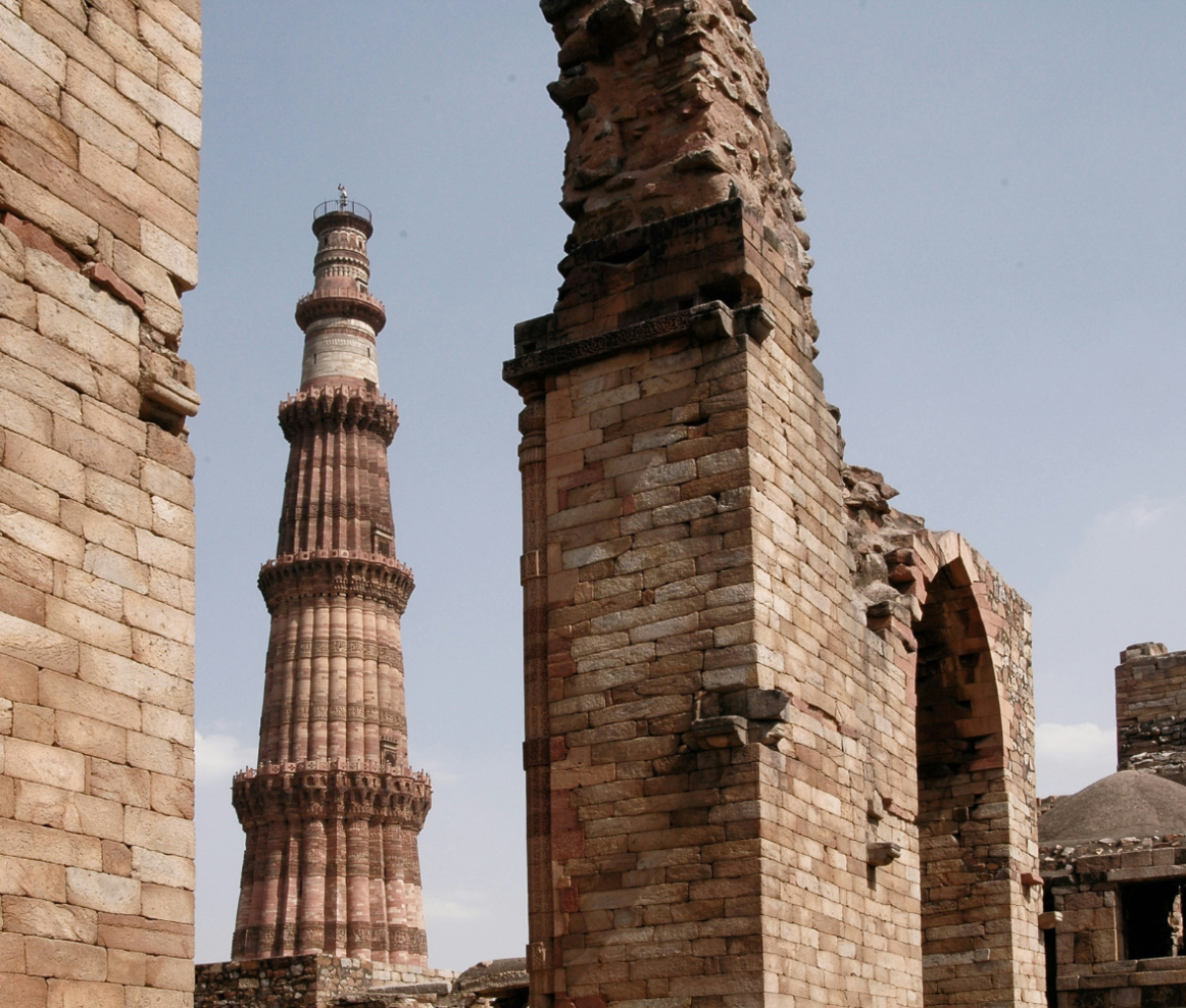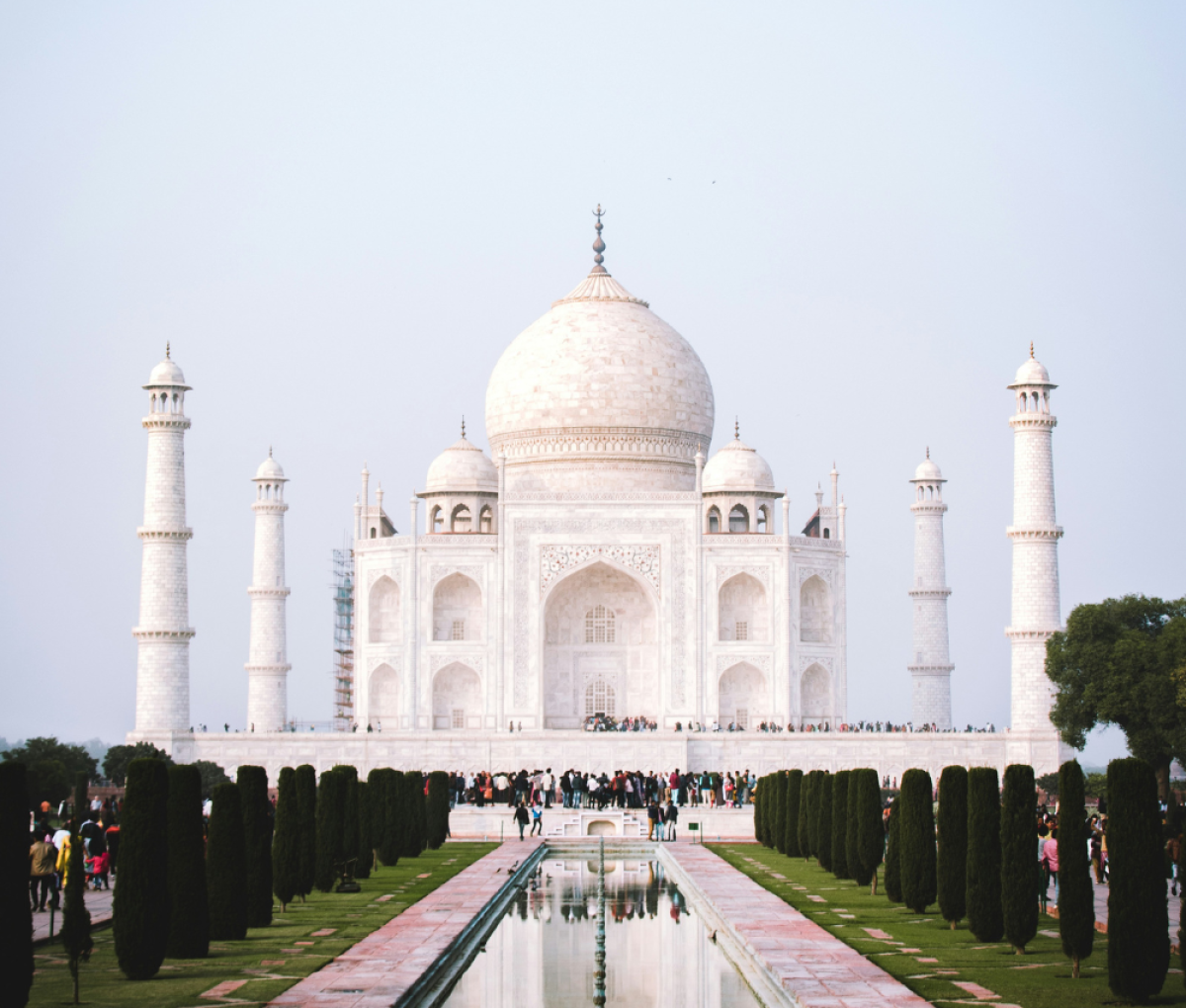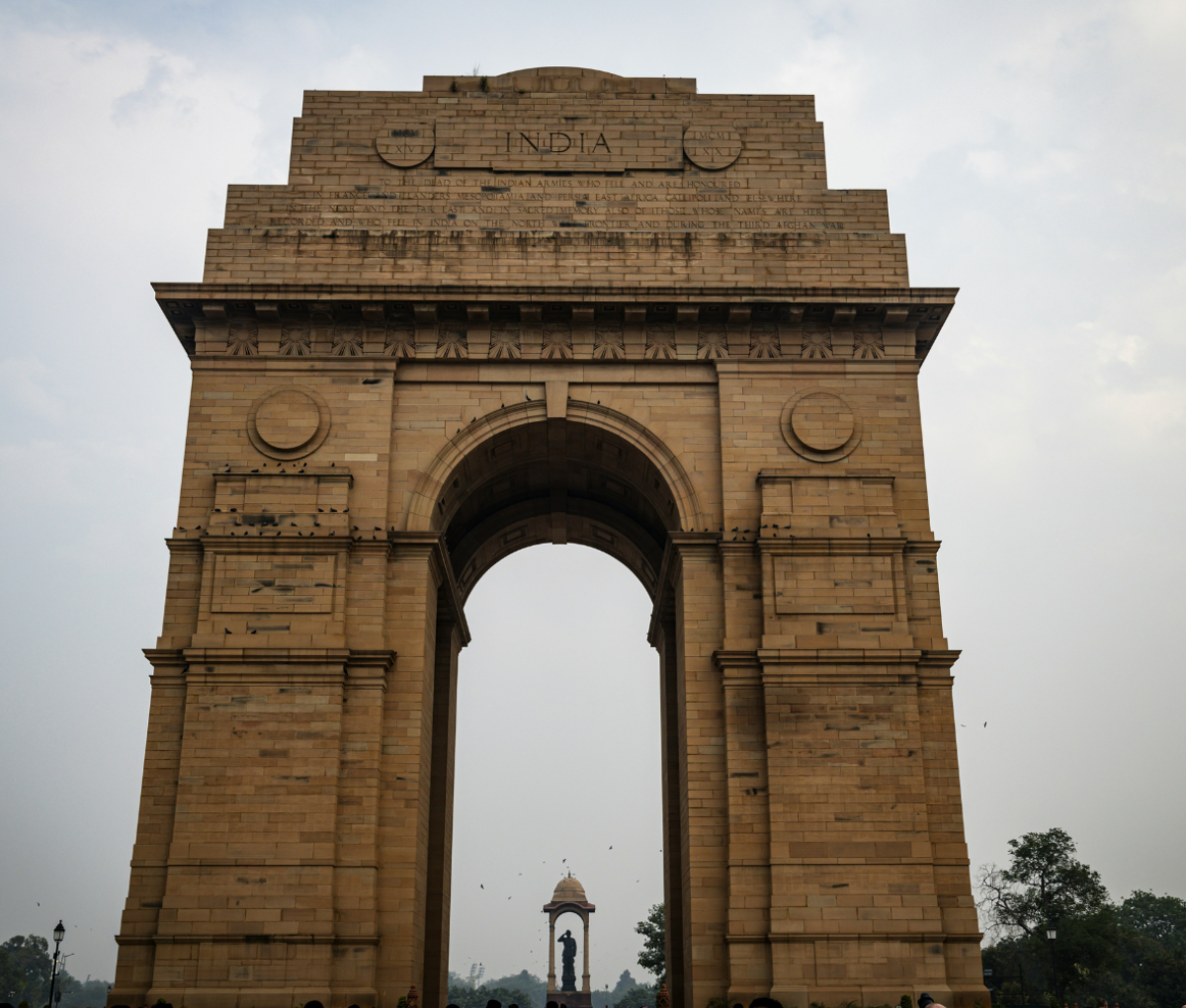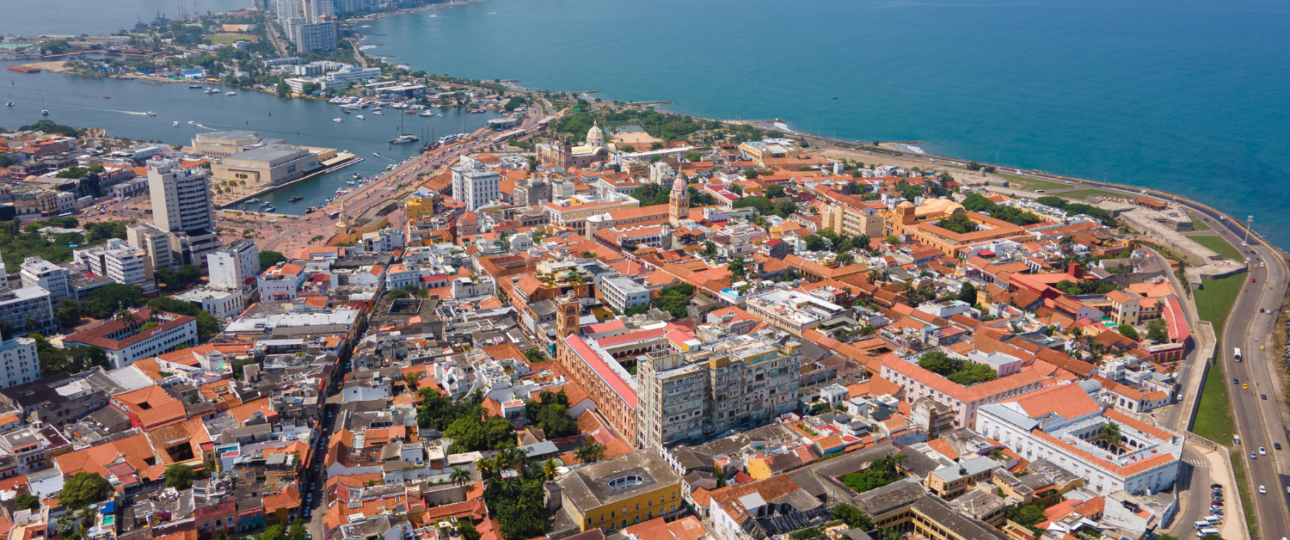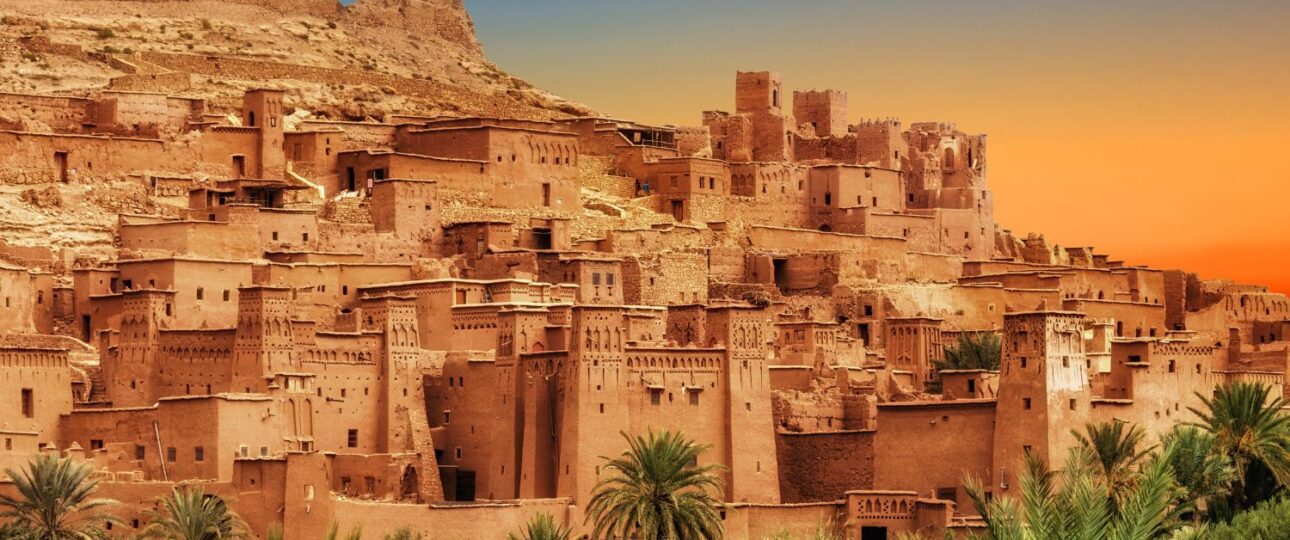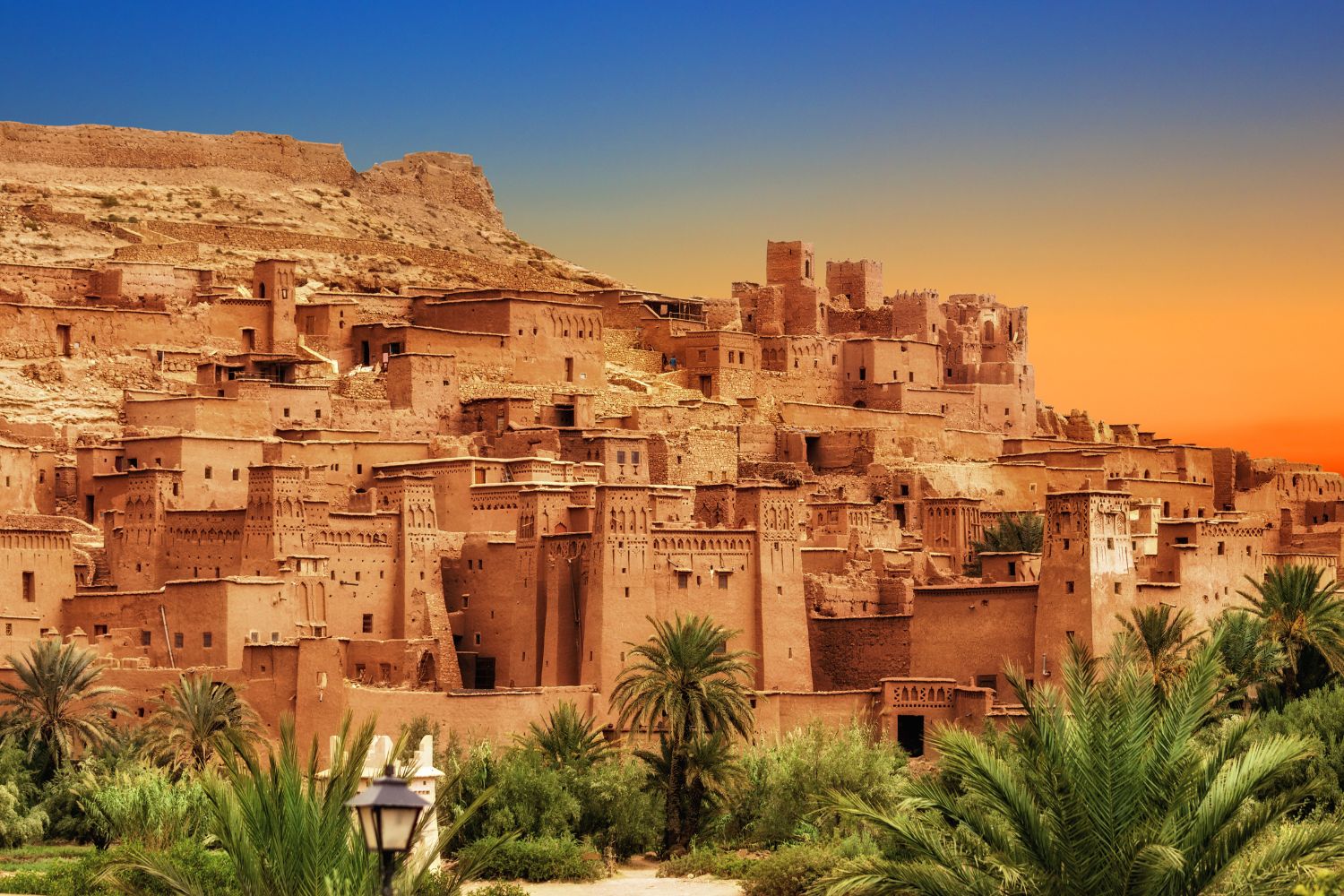Begin in vibrant Delhi and explore the city by rickshaw and metro. Travel to romantic Jaipur to wonder at the pink-hued architecture and 18th-century observatory. Get a little respite from the bustle with a rural heritage stay at a family-run farm retreat before two days of wildlife and cultural exploration in the Ranthambore National Park. Then head to Agra where you’ll encounter the iconic Taj Mahal and the city’s incredible fort.
After the adventure of a lifetime, spend five days immersed in the experience of a lifetime volunteering with Wildlife SOS at their Elephant Conservation and Care Centre and Agra Bear Rescue Facility, helping to care for the rescued elephants and sloth bears.
Overall, this tour combines adventure, cultural immersion and wildlife conservation, making it a sustainable and enriching experience for participants.
Journey Overview
Day 1 – Arrival in Delhi
Day 2 – Exploring Delhi
Day 3 – Delhi to Jaipur by train
Day 4 – Discovering Jaipur, the capital of Royal Rajasthan
Day 5 – Jaipur to Ranthambore by road
Day 6 – Exploring Ranthambore National Park
Day 7 – Ranthambore to Bharatpur by train and Agra by road
Day 8 – Sunrise visit to the Taj Mahal
Days 9-12 – Volunteering with Wildlife SOS
Day 13 – Agra to Delhi by train
What’s included?
- Accommodation: 12 nights
- Tour meals: 7 breakfasts, 2 lunches, and 2 dinners
- All meals at Wildlife SOS
- Transport and transfers: arrival transfers in Delhi and Jaipur, train journeys from Delhi to Jaipur, Sawai Madhopur to Bharatpur, and Agra to Delhi, and transfers from Jaipur to Ranthambore, and from Bharatpur to Agra
- City tours in Delhi, Jaipur, and Agra
- Game drives in Ranthambore National Park
- Volunteering activities with Wildlife SOS
What’s not included?
- International flights to and from India
- Pre- or post-tour accommodation
- Pre-registration, late check-out, day use at hotels other than specified
- Meals and drinks other than those specified in the itinerary
- Tips and gratuities
- Hotel/airport porterage
- Personal travel insurance
- Items of a personal nature such as medical expenses, mini-bar, laundry, room service etc.
Optional activities (at own expense)
- Tour of Jaipur local market
- Pink Tuk Tuk Tour
- Guided visit to Ranthambore Fort
How is this tour sustainable?
Environmental awareness and action: this tour supports local communities and conservation efforts through sustainable accommodations, eco-friendly transportation, and direct involvement in wildlife preservation activities.
Supporting the local economy: by staying in locally owned hotels and participating in community-driven projects, you contribute to the local economy and the protection of India’s natural heritage.
Wildlife conservation and protection: by volunteering with Wildlife SOS, participants contribute to wildlife conservation. Wildlife SOS focuses on rescuing and rehabilitating elephants, sloth bears, and other animals, and this hands-on involvement helps raise awareness about the importance of protecting these species and their habitats. The collaboration between Wildlife SOS and the Responsible Tourism Society of India (RTSOI) promotes cruelty-free tourism, ensuring that the tour doesn’t exploit animals or engage in illegal trafficking of wildlife.
Educational experience: this tour provides an educational journey by combining vibrant city exploration with natural habitats. Participants learn about India’s diverse cultures, heritage and wildlife conservation efforts.
Public transportation: using public transport supports sustainable travel practices and by exploring by rickshaw and travelling by train during this tour, the environmental impact is reduced.
Wildlife and cultural exploration: the two days spent in Ranthambore National Park allow participants to appreciate India’s natural beauty and observe wildlife in their natural habitat. This fosters a deeper connection with nature and encourages conservation efforts.
Conservation of India’s built heritage: Whilst providing cultural enrichment, visiting the monuments featured in this tour also emphasises the importance of preserving historical landmarks and their surroundings.
Sustainability challenges
Infrastructure and facilities: many tourist destinations in India lack the necessary infrastructure to support sustainable tourism. This includes inadequate waste management systems, limited access to clean water and insufficient public transport options. The monuments visited during this tour have better infrastructure facilities, such as wheelchair accessibility, access to clean water and waste management systems. The accommodations featured on this tour have implemented a range of initiatives such as installing solar energy and water recycling plants, cutting single-use plastics and providing water refills.
Environmental degradation: popular tourist spots often suffer from environmental degradation due to over-tourism, deforestation, pollution and wildlife disruption. The Government of India is ensuring that no tourist spots suffer due to environmental degradation. For example, at monuments in Agra, food items, pens, markers and other gadgets (except mobiles and cameras) are not allowed inside the premises.
Awareness and education: both tourists and local communities often lack awareness of the importance of sustainable tourism. Education about eco-friendly practices and their benefits is crucial but challenging. However, through the efforts of India’s Government, all stakeholders are becoming more aware of these issues. For example, local governments are setting up water refill stations at monuments and railway stations to reduce single-use plastic.
Cultural sensitivity: tourism initiatives may sometimes clash with local customs or face resistance from communities. India’s Government and local organisations are working hard to implement sustainable practices that respect and integrate with local cultures and traditions.
Funding and investment: sustainable tourism often requires significant initial investment in eco-friendly infrastructure and technology but securing funding for such projects can be a major hurdle. The hotels featured on this tour have made their own significant investments, such as Aamghati, which has its own water recycling plant, and Khas Bagh, which has installed solar and rainwater harvesting.
Transport: Getting around in India is an experience and using public transport is considered an integral part of any Sustainable Journey. Within India’s cities, and in your free time, you’ll have the opportunity to use the local transport services. However, due to the distance involved on day 5 (and lack of train service) and on the guided tours, private transportation in an AC Toyota Innova Christa is provided. The balance between the need for reliability, comfort and providing a consistent, high-quality experience against the environmental impacts typically associated with transport has been carefully considered and the carbon outputs of all journeys are calculated.

